Items
Item set
Mapping Ann-Marie MacDonald
-
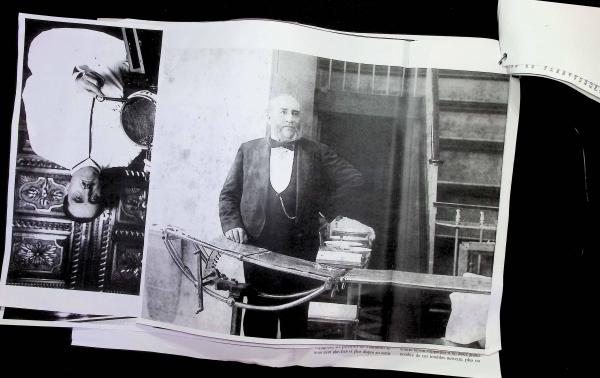
Victorian Period Operating Table
This is an image of a Victorian period metal operating table with a surgeon standing next to it. -
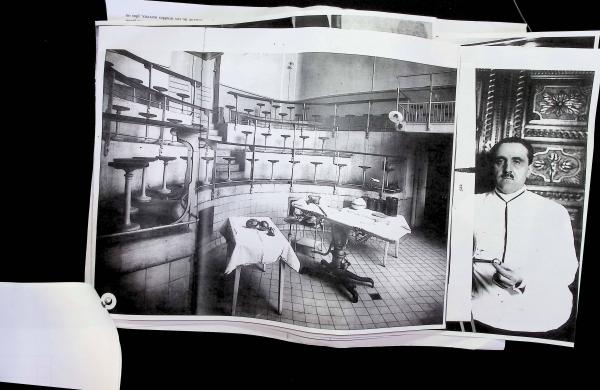
Victorian Era Operating Theatre
This is a photo of a Victorian-era operating theatre -

The Sick Rose: Disease and The Art of Medical Illustration - Disenchanted Flesh: Medicine and Art in an Age of Revolution
Page 20 of the introduction from Richard Barnett's 2014 book. This page features the 1890 painting titled "Autopsy" by Enrique Simonet Lombardo. -
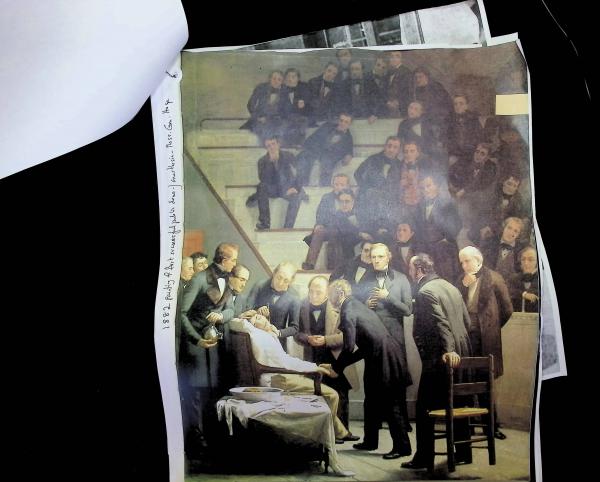
Medicine: An Illustrated History (NTS Library) (2)
1882 painting of first successful public demo of anasthesia - Mass. General Hospital -
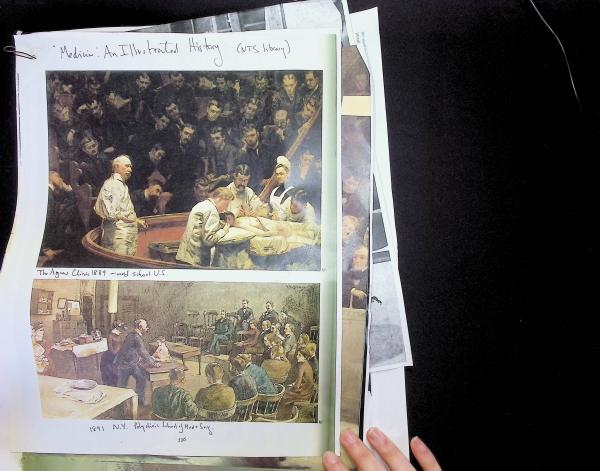
Medicine: An Illustrated History (NTS Library)
Various photocopied paintings which depict Victorian medical scenes. The two paintings here are: (Top) The Agnew Clinic 1889 - med. school U.S. (Bottom) 1891 N.Y. Polyclinic School of Med + Surg. -
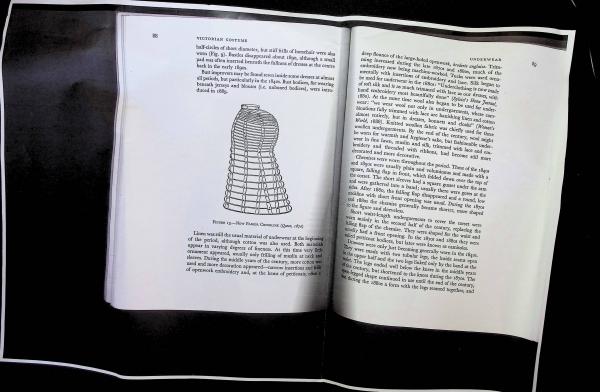
Victorian Costume - Underwear
Two pages on Victorian costume - specfically underwear/under garments of the time. These pages detail the types of material used for underwear - such as linen, cotton, and, later in the century, wool. This also discusses the move away from simple undergarments to more decorated and decorative styles. There is also a photo of a New Panier Crinoline. -
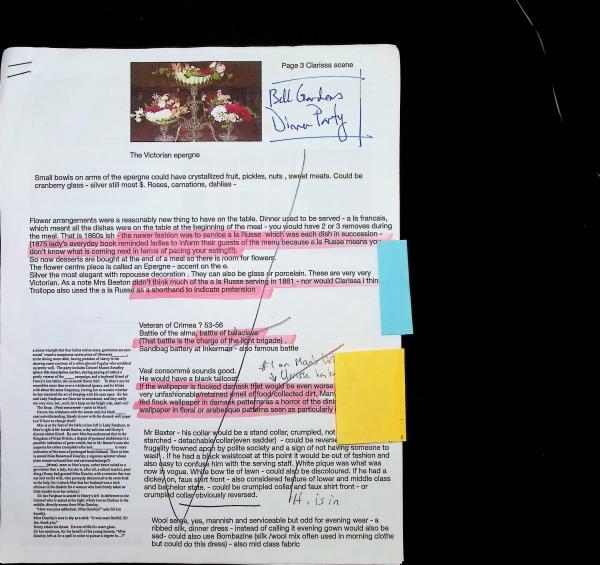
Bell Gardens Dinner Party
This 4-page document contains Ann-Marie MacDonald's notes on the dinner party scene from Fayne. MacDonald's notes are on the right-hand side, while the actual scene from the novel is located on the left side. This document also contains photo refrences of the following: - The Victorian epergne (12 different examples are shown) - There are two photos from Mrs. Beeton's Book of Household Management (1861) one is various dinner entrées and the other is game & poultry dishes of the time -
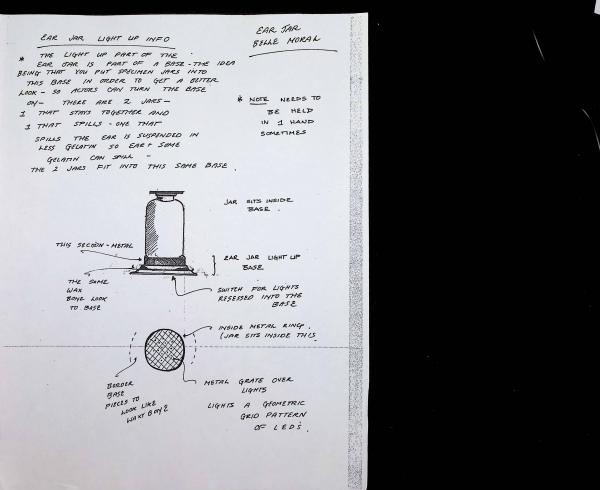
Ear Jar - Belle Moral
This page contains information about the light up ear jar from Belle Moral. There is both a sketch of the ear jar (side view and top down view of the base which lights up) and various notes on the prop. Notes on the page read: - The light up part of the ear jar is part of a base - the idea being that you put specimen jars into this base in order to get a better look - so actors can turn the base on - there are 2 jars - 1 that stays together and 1 that spills - one that spills the ear is suspended in less gelatin so ear + some gelatin can spill - the 2 jars fit into this same base. - * Note needs to be held in 1 hand sometimes -
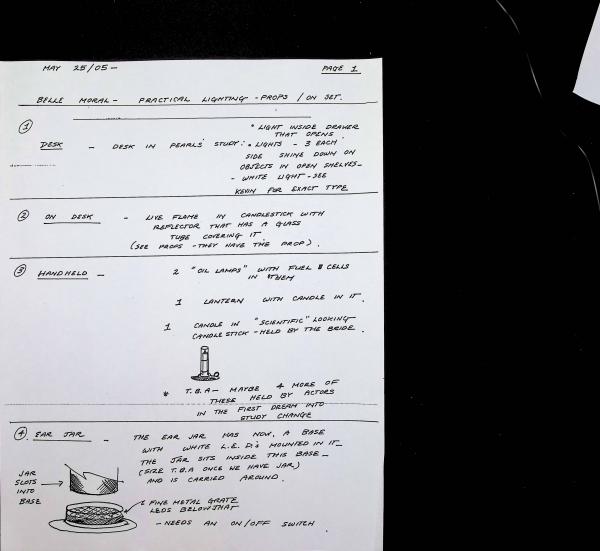
Belle Moral - Practical Lighting - Props / On Set
Two pages on the lighting and props used for Belle Moral. The first page details the following: 1. Desk in Pearl's study - Light inside drawer that opens - Lights - 3 each side shine down on objects in open shelves - White light 2. On Desk - Live flame in candlestick with reflector that has a glass tube covering it (see props - they have the prop) 3. Handheld - 2 "oil lamps" with fuel cells in them - 1 lantern with candle in it 1 candle in "scientific" looking candle stick - held by the bridge (there is a sketch of the scientific candle holder) - T.B.A - maybe 4 more of these held by actors in the first dream into study change 4. Ear Jar - The ear jar has now, a base with white L.E.D.'s mounted in it - The jar sits inside this base (there is a sketch of the ear jar) This list is continued on the second page: 5. Footlights will be used in dreams/transitions - my floor is 1 1/2" above the actual stage floor - does this effect already installed footlights? 6. Camera Flash: From prop - we need something to mimic the magnesium flash of a period (1890's) camera. - Actor operated 7. Fog is used in the 1st dream sequence - it maybe used elsewhere as well -
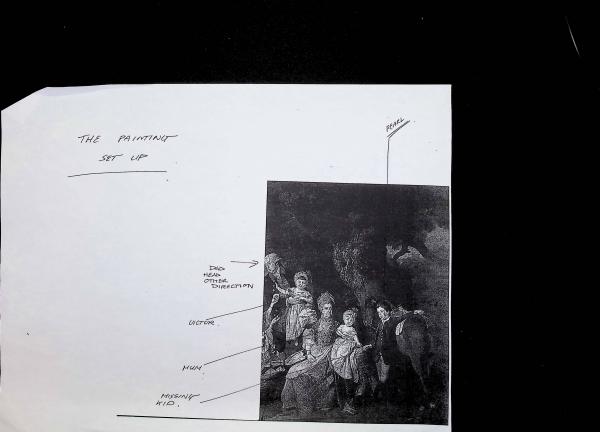
The Painting Set Up
A photograph of a 19th-century painting of a mother, father, and three children. This is a model for the family portrait in The Arab's Mouth / Belle Moral. There are arrows drawn to various figures in the painting with notes written out. These notes are as follows: - Dad head other direction - Victor - Mum - Missing Kid - Pearl -
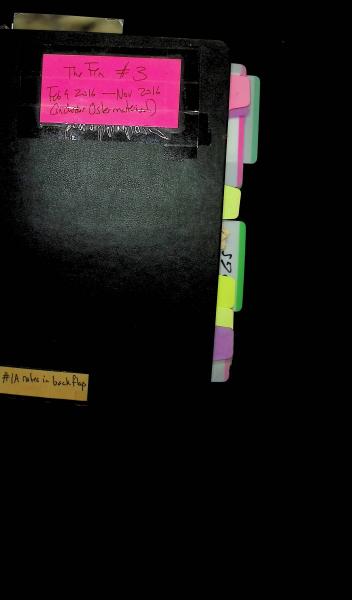
The Fen #3
Notebook titled The Fen #3, dated Feb. 9, 2016 - Nov. 2016. "(Includes Osle material)." -
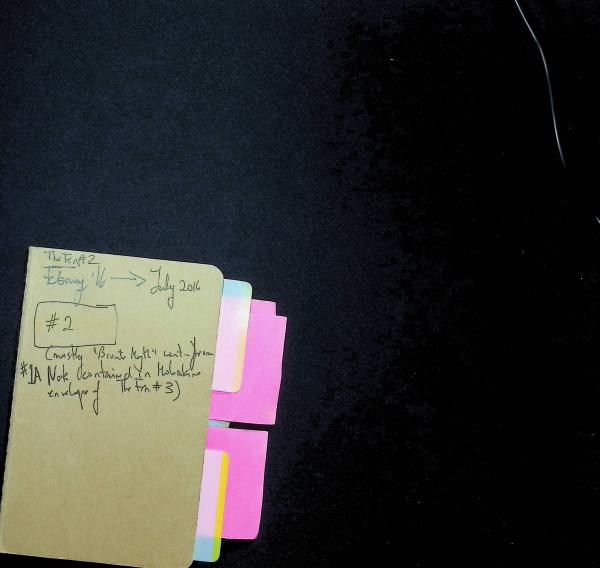
The Fen #2
Brown notebook titled The Fen #2 and dated February '16 - July 2016. The cover also says "(mostly 'Bronte Myth')" and "#1A (contained in envelope of The Fen #3." -
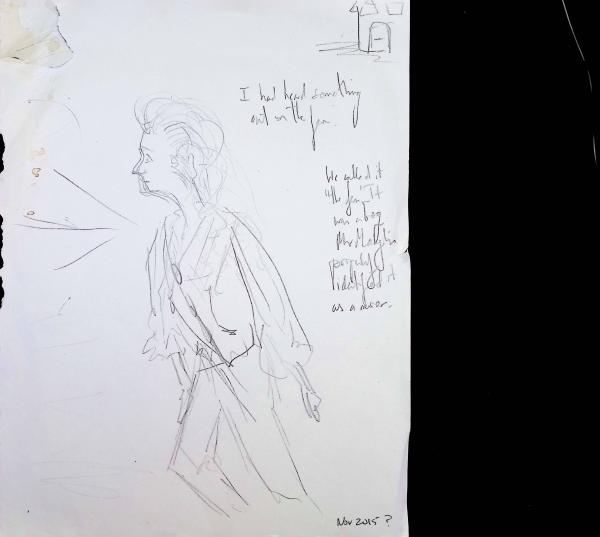
Sketch of Charles / Charlotte
A sketch of Charlie. Notes are also written on this page which say: "I had heard something out on the fen" "We called it 'the fen.' It was a bog" -
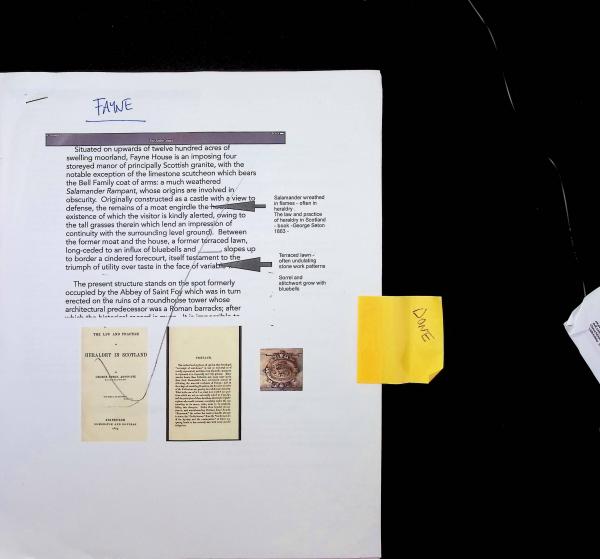
Notes on Fayne House
This is the first few pages of Fayne with author notes on the side. The notes read: "Salamander wreathed on flames - often in heraldry. The law and practice of heraldry in Scotland - book - George Seton 1863" "Terraced lawn - often undulating stone work patterns. Sorrel and stitchwort grow with bluebells." Also included here is a copy of the title page for the aforementioned book, The Law and Practice of Heraldry in Scotland by George Seton, as well as the first page of the preface. The second page's notes are as follows: "Scottish Baronial style - for lesser lords - 1600s quickly abandoned for holding onto the high roofs, towers and torrents of older structures for the status look of those architectural forms" "Northern Renaissance style - for wealthy folks - more sophisticated" "Anglo Flemish style - popularized in Scotland by William Wallace - stone mason/architect - buildings done in and around the 1600s. Also could be called late renaissance style" "Nice name - related to what you describe - a motte and bailey castle (bailey refers to the walled courtyard)" "Postern gate - opening in the wall - concealed location which allowed you to come and go secretly - don't know if that is useful - your description makes sense and is easy to conjure" "I think of credenza tables in dining rooms - I would think a console table in the hall - " "Great halls in these homes also had fab large fireplaces with early listening devices allowing for conversations in the hall to be heard in the lords bedroom which was above - these devices were called the 'lairds lug' " "The great halls used to be called dining halls ?" -
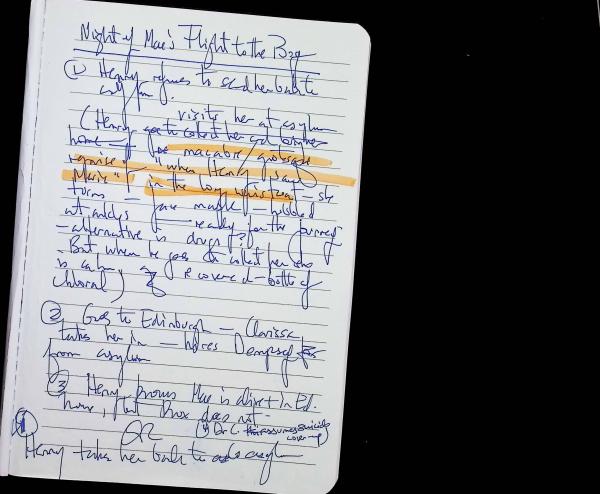
Night of Mae's Flight to the Bog
An orange notebook which contains notes on the night Mae takes Charles and flees Fayne. These notes are broken down into 4 distinct moments from Mae's escape. -
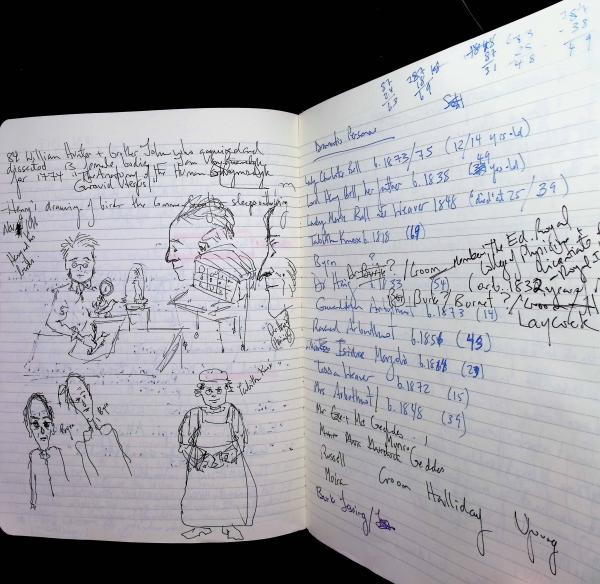
Fayne Character Sketches and Notes
Two pages of Ann-Marie MacDonald's notes for Fayne and are dated Nov. 4/ 2016. The page on the left side of the notebook contains sketches of Lord Henry Bell, Tabitha Knox, and Bryn. This page also contains writing at the top which says: "84 William Hunter + brother John who acquired and dissected...female... 1774 'The Anatomy of the Human Gravid Uterus.'" The other page contains a list of characters and their age - Lady Charlotte Bell b. 1873/75 (12/14 yrs old) - Lord Henry Bell, her father b. 1838 (49 yrs old) - Lady Marie Bell née Weaver 1848 ("died" at 25/39) - Tabitha Knox b. 1818 (69) - Byrn ? - Gwendolyn b. 1973 (14) - Isadore b. 1864 (23) - Tessa Weaver b. 1872 (15) -

Notebook titled Fayne January 2018, May 2018
A grey notebook which is dated May 2018. The cover includes writing which says: - FOYK etc... - January 2018 - Traveller - Fayne May 2018 - Scotland - Ullapool + NW Highlands This notebook also has a sticky note which bookmarks two pages that have various notes on Fayne. These notes say - moor = heather - muir - landscape descriptor - Butterwort carnivorous - sticky leaves roll in on insect - purple flower - pretty carnivore - borders / "outliers" - Broch - Roman Garrison -Fayne - Thanks, Eva Faber - mortuary platform - Byrn - bone beads (rosary?) - Byrn's beaker ? Bronze Age -
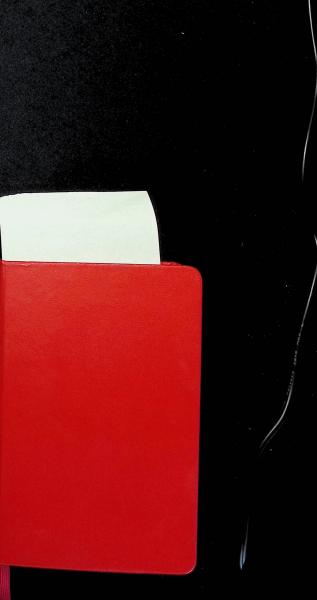
Red Notebook and Map of Places from Fayne
A red notebook which contains a drawing of a map with various places within the UK and which characters move through in Fayne. The places included are: - London - New Town - Holyrood - Castle Rock -
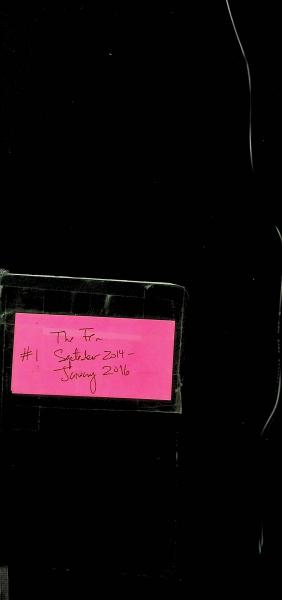
The Fen #1 - Notebook on Fayne
A black notebook titled "The Fen #1" and dated September 2014 - January 2016. -
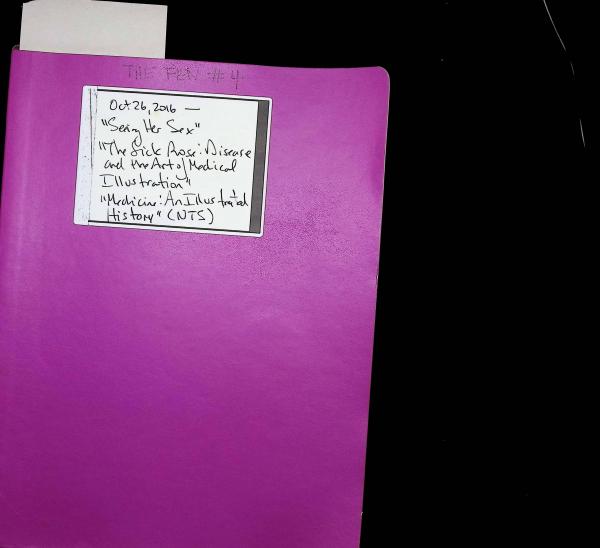
The Fen #4 - Notebook on Fayne
A magenta notebook with the title "The Fen #4." This notebook is dated October 26, 2016 and has a label which says: "Seeing Her Sex" "The Sick Rose: Disease and the Art of Medical Illustration" "Medicine: An Illustrated History (NTS)" -
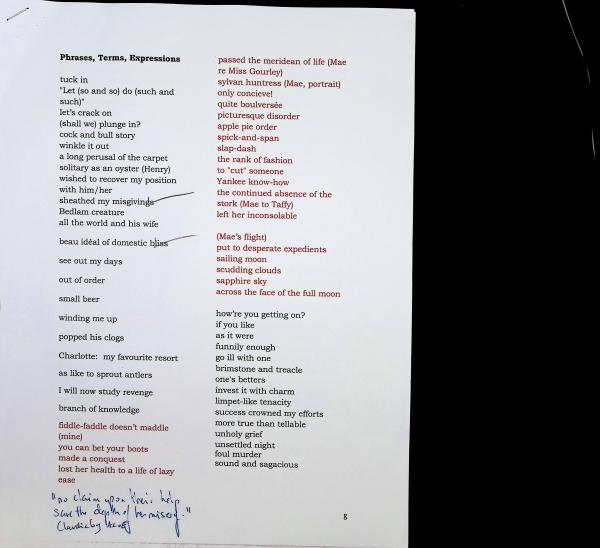
List of "Phrases, Terms, Expressions" for Fayne
This is a list of Victorian phrases/expressions which Ann-Marie MacDonald has compiled. Certain phases are in red and include: - fiddle-faddle doesn't maddle (mine) - you can bet your boots - made a conquest - lost her health to a life of lazy ease - passed the meridean of life (Mae re Miss Gourley) sylvan huntress (Mae, portrait) - only conceive! - quite boulversée - picturesque disorder - apple pie order - spick-and-span - slap-dash - the rank of fashion - to "cut" someone - Yankee know-how - the continued absence of the stork (Mae to Taffy) - left her inconsolable - (Mae's flight) - put to desparate expedients - sailing moon - scudding clouds - sapphire sky - across the face of the full moon -
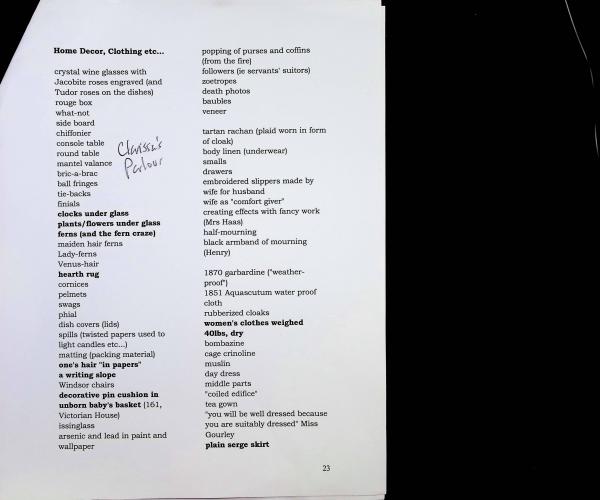
List of items in Clarissa Bell's parlour and her clothing/personal items.
This is a list which spans two pages and details items beloning to Clarissa or in her parlour at No. 1 Bell Gardens. These pages are titled "Home Decor, Clothing etc..." Certain items are in bold and include: - clocks under glass - plants / flowers under glass - ferns (and the fern craze) - one's hair "in papers" - a writing slope - decorative pin cushion in unborn baby's basket - women's clothes weighted 40lbs, dry - plain serge skirt - "A certain flush with every pull" - gasolier -
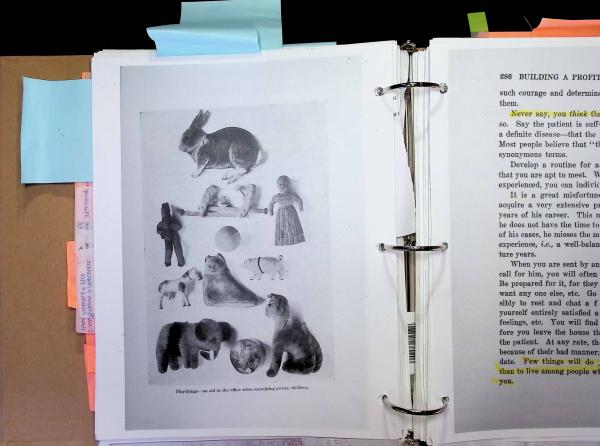
Photo of various children's toys, which includes the caption "Playthings - an aid in the office when examining young children."
This set of toys includes a doll, a toy rabbit, horse, pig, elephant, cat, and toy ball. -
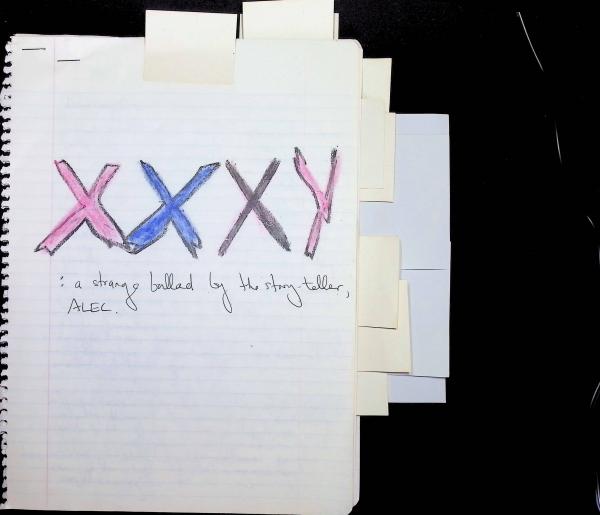
Concept title and notes for the story XXXY.
Title of short story "XXXY: A Strange Ballad by the Story-Teller, Alec." This is the beginning of MacDonald thinking about intersex identity and the ground work for her much later novel, Fayne. -

Toronto Star article on the Toronto theatre scene heading into the 1990-91 theatre season.
An article entitled "Pinch felt at centre of theatre spectrum" written by Vit Wagner for the Toronto Star which details some history of the Factory Theatre from 1988 to the early 1990s. This article features a list of critic picks of "10 productions worth seeing" and which The Arab's Mouth is featured in. This article also showcases a photo from the Factory Theatre of Martha Burns, Patricia Hamilton, and Henry Czerny on stage. They play Pearl, Aunt Flora, and Victor respectively.